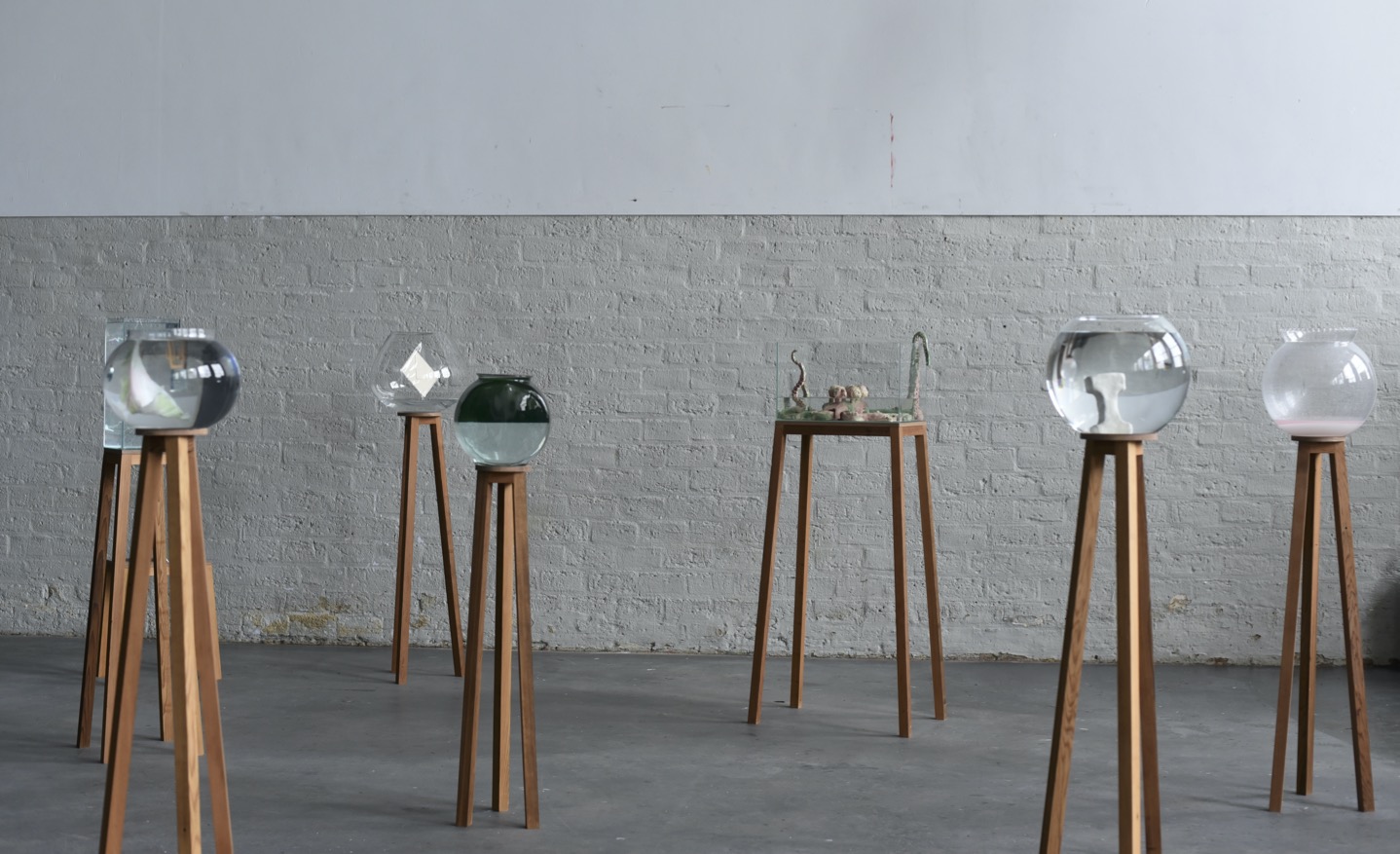
Taming the Untamable
It was Heidegger who pointed out that man’s relationship to the world is in constant flux, never capable of being grasped in its totality. And yet we try to control it: be it through knowledge (facts), language (standard language), world-building (zoos), behaviour (code of conduct), algorithms etc.
An aquarium is a tool used for making something impalpable palpable, turning what is uncontrollable into something controlled. Similarly to the 19th-century dioramas, it represents life on a smaller scale while simultaneously functioning as a stage, turning its contents into characters and props, often using the language of icons and archetypes.
While the focus of the book is mainly on ungraspable spaces, the installation is spatializing the ungraspable: each of the aquariums represents one characteristic of life (temporality, elusiveness, complexity, risk, inter-influence, dichotomy, and repetition) that shows how certain things in life remain uncontrollable, even when trapped in a glass box – for they transcend the human factor.
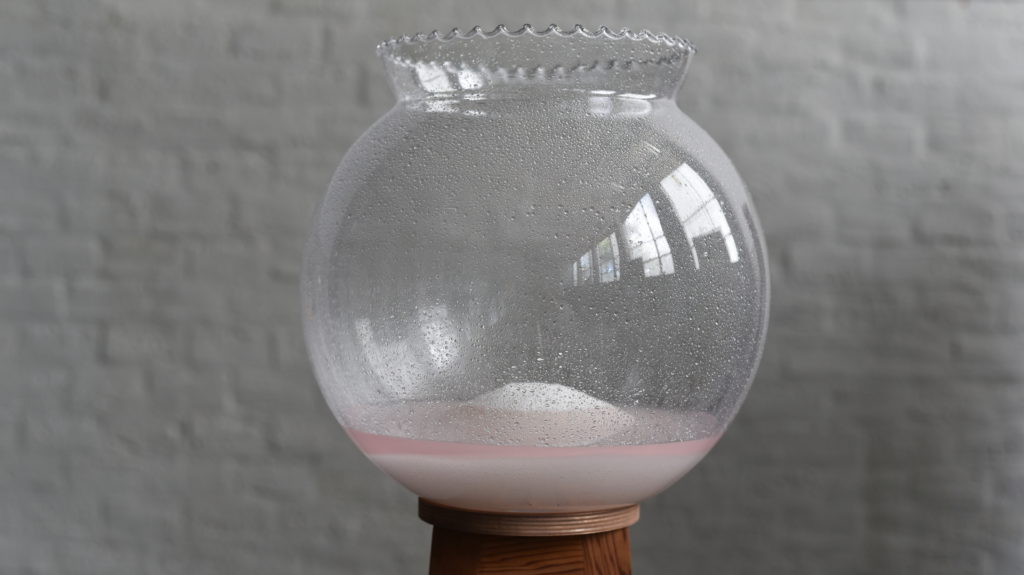
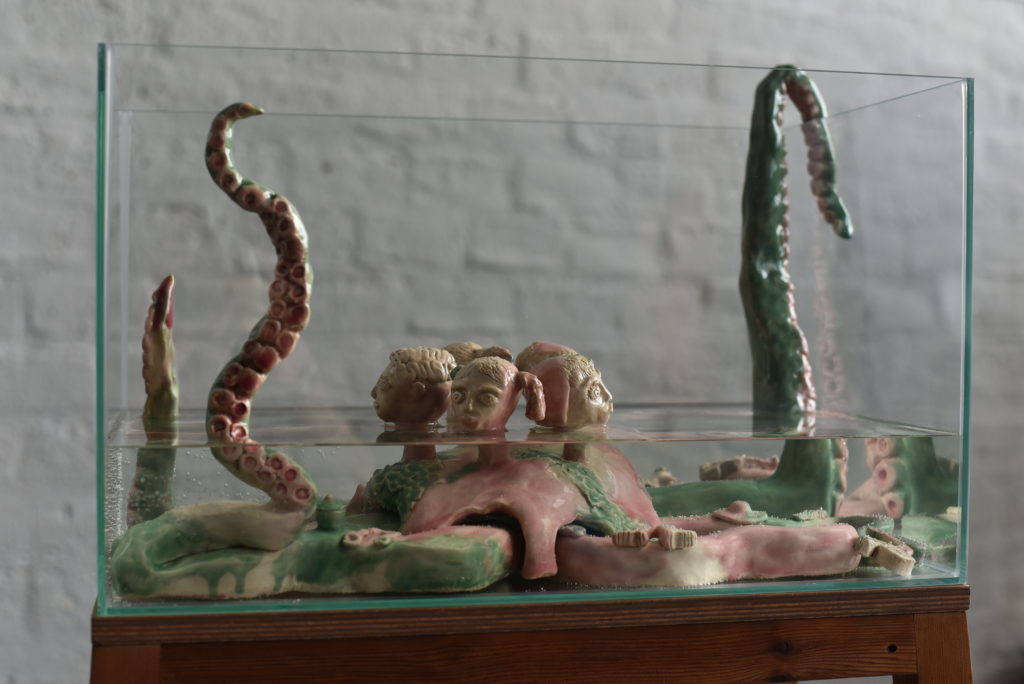
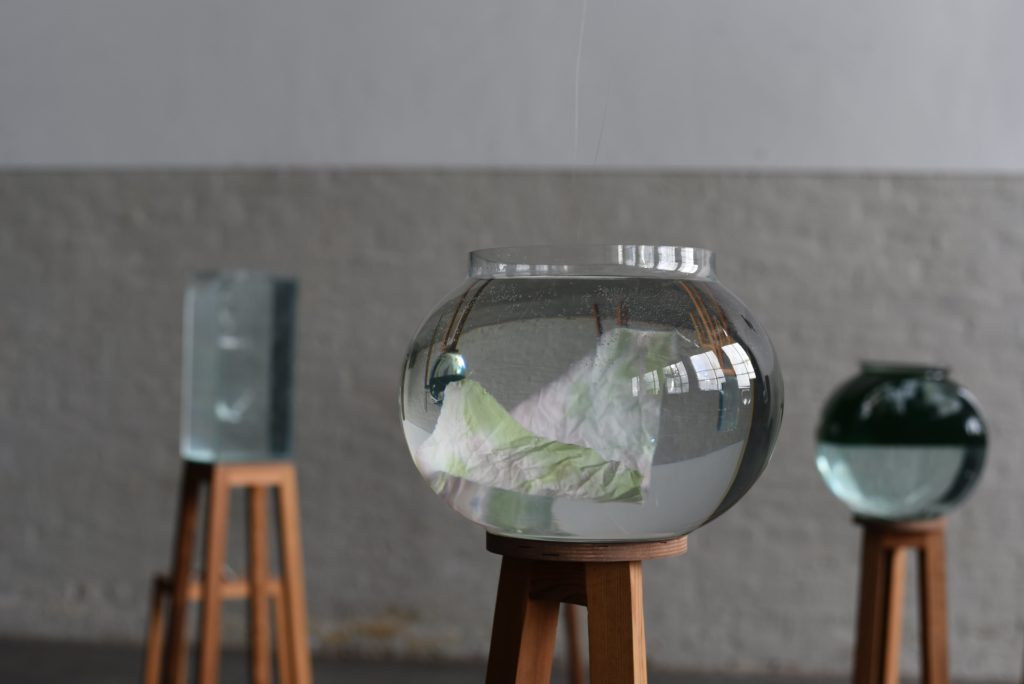
Spaces Inverted
The objective is seductive because it feels true; for the sake of the truth, or a simple agreement, the reality is thus often reduced to a fragment, a mere average. This is why in this book, I focus on the kinds of spaces that we cannot rationalise but feel instead; the ones existing in our bodies and minds.
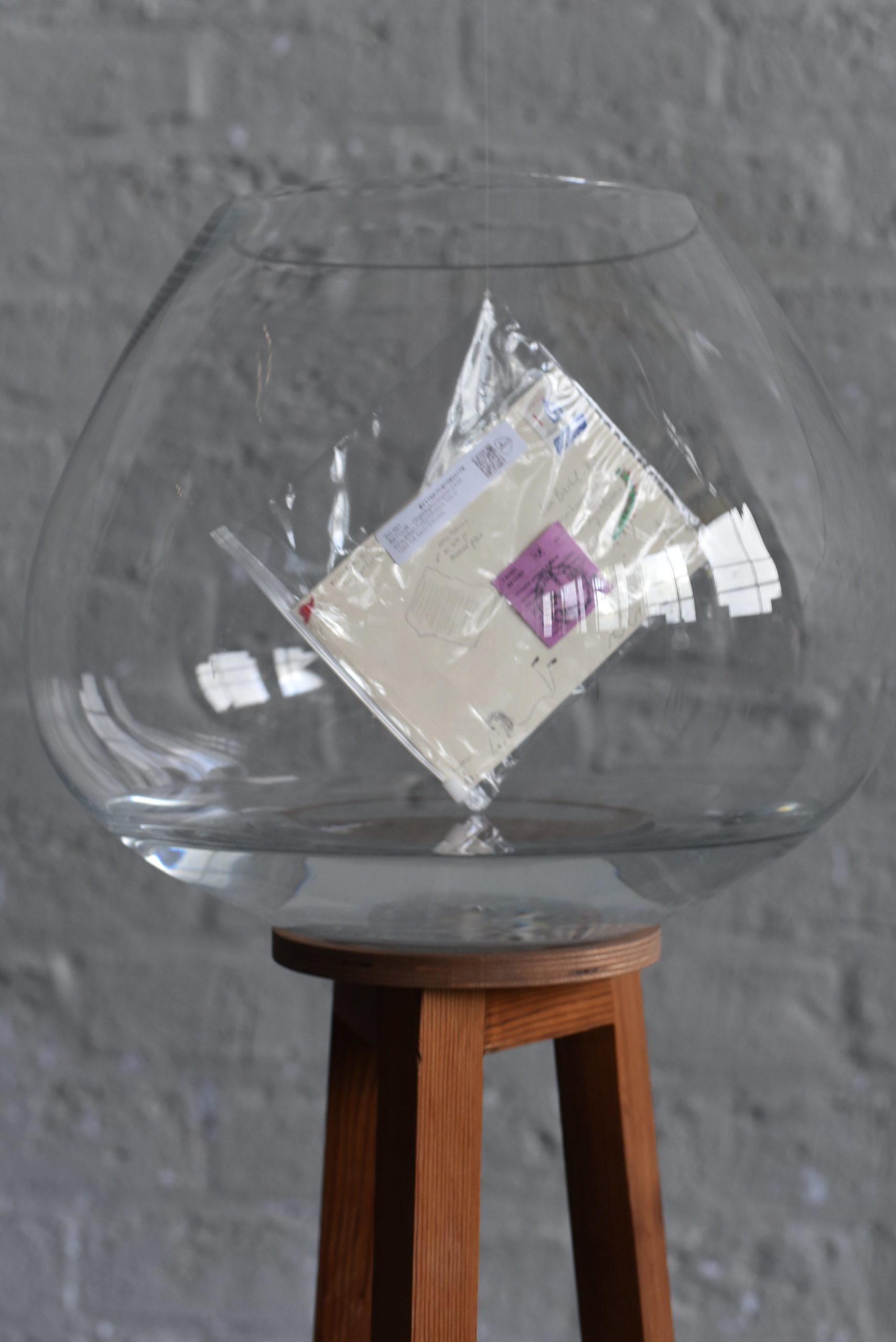
By incorporating playfulness into writing and by embracing fluidity, ambiguity and uncertainty of human perception, I am challenging the objectivity and rigidity of the traditional approach to space. It was Heidegger who pointed out that man’s relationship to the world is one that is constantly in flux, never capable of being grasped in its totality. And it was Aldo van Eyck, among the others, who incorporated this into his spatial practice.
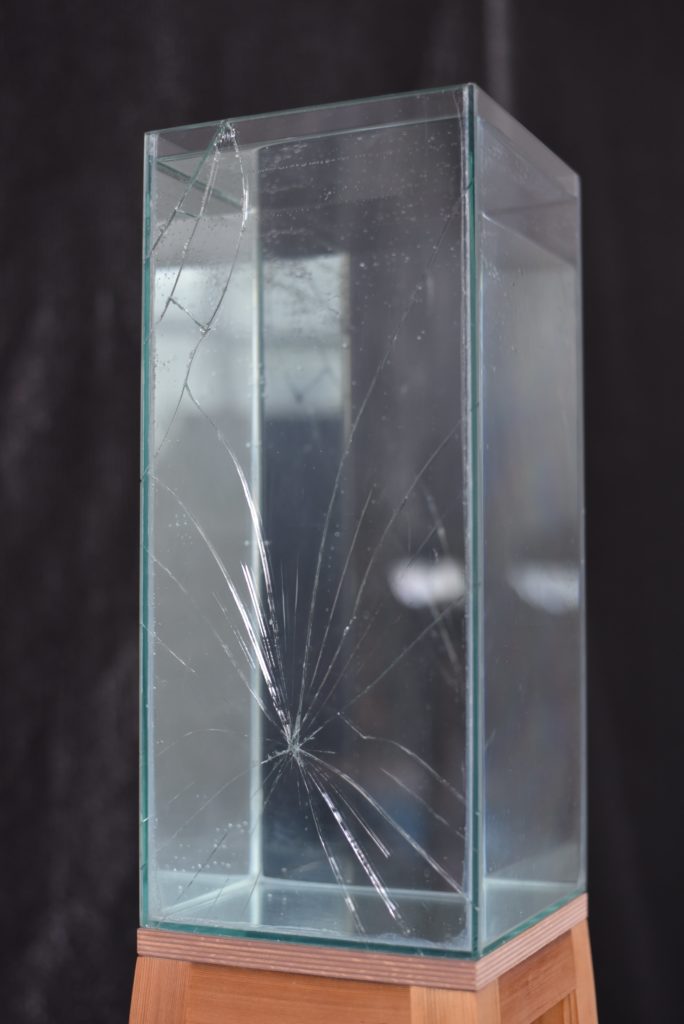
My book takes this tradition as its base and explores various aspects of ungraspable spaces while restraining itself from drawing any concrete conclusions. In other words, all the findings and thoughts remain mere speculations, teasingly floating in the air, daring you to catch them.
The work is divided into six chapters that imitate stages of an early modern age expedition; similar to the exploration of the imaginary worlds of Jules Verne, they investigate spaces of borders, relationships, control, negative spaces, intimate spaces, and spaces as indicators but simultaneously go far beyond their primary meaning. While the chapter on borders focuses on the limits of language, the space between a thought and its manifestation, and the line between a stereotype and observation, the one on intimate spaces considers dreams, anxieties, and memories as creators of space. In this way, it gives both the reader and author a chance to look at space beyond the objective, visible and measurable, but rather the subjective and intimate. Using speculation as a tool for this fantastical investigation, I embark on a voyage that explores the concepts that are inherently elusive, controversial, and distinct to each individual. This ever-changing process thus encourages what Cortázar called a ‘catalyst of confused and badly understood notions’: through the use of fragments, more viewpoints are created, enriching the number of possibilities of understanding, giving space space to be misunderstood, questioned and redefined.
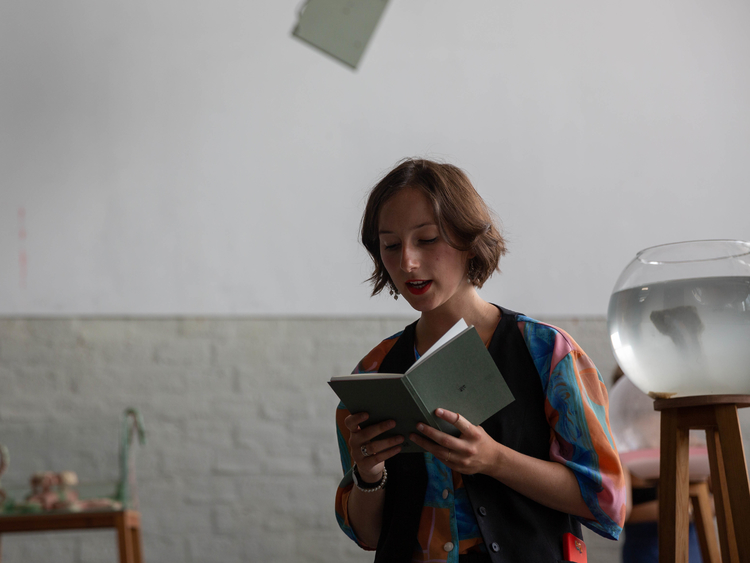
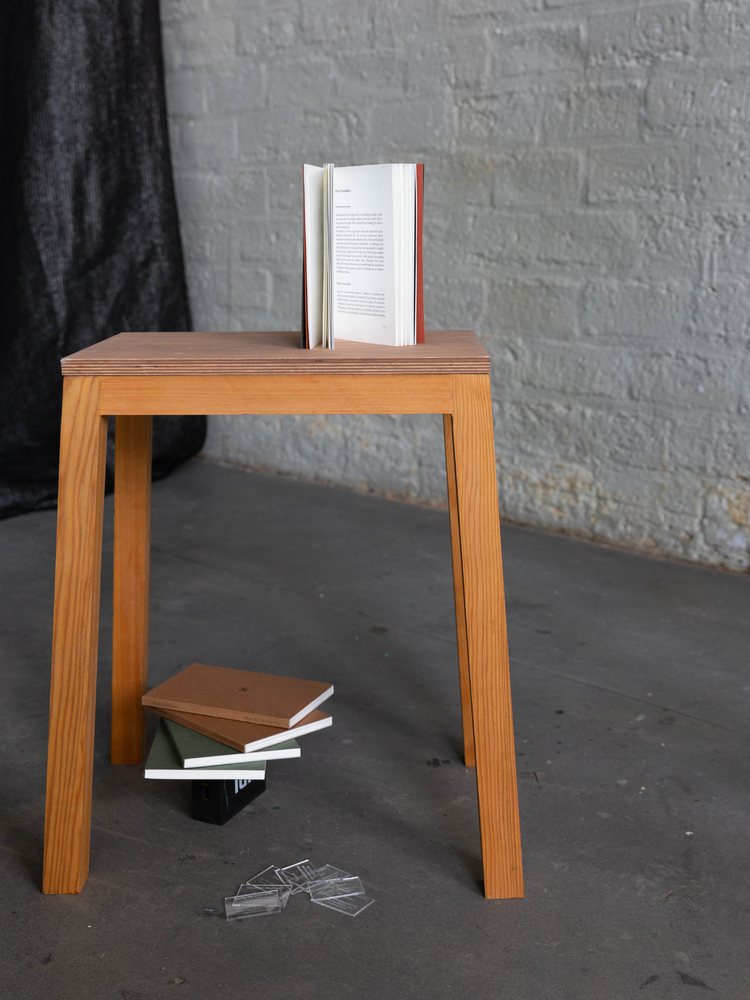
With kind support of MC Visser funding
and G&D Koi en Aquaria